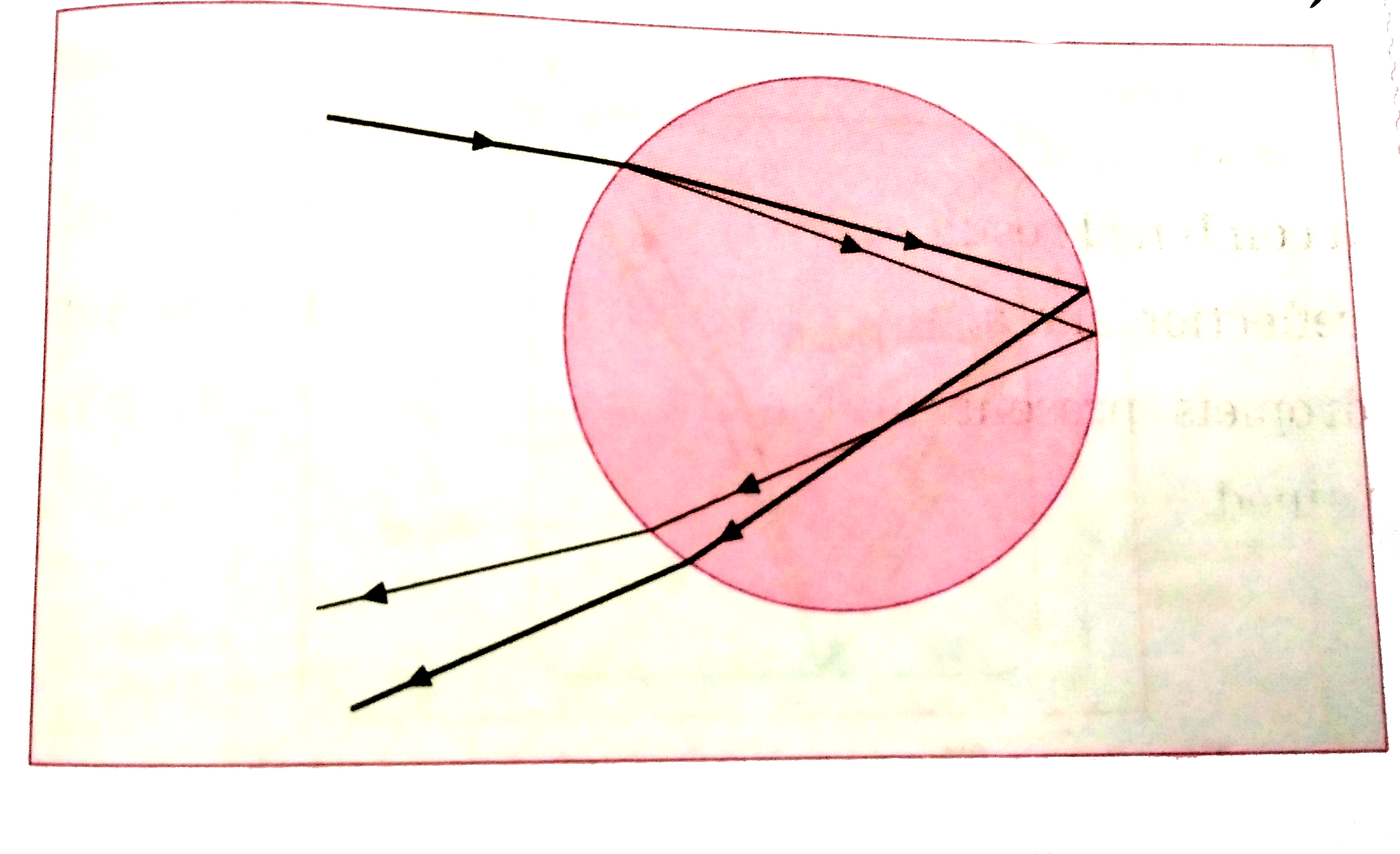You have recently witnessed each of the natural phenomena listed below. Identify the natural phenomenon which does not contribute to air pollution.
Volcanic eruptions
Earthquakes
Forest fires
Grass fires
The correct Answer is:B
To solve the question of identifying the natural phenomenon that does not contribute to air pollution among volcanic eruptions, earthquakes, forest fires, and grass fires, we can follow these steps:
1. Understand Air Pollution: Air pollution is caused by the release of harmful substances into the atmosphere. These substances are known as air pollutants.
2. Analyze Each Phenomenon:
- Volcanic Eruptions: These release significant amounts of sulfur dioxide and carbon dioxide, both of which are air pollutants. Therefore, volcanic eruptions contribute to air pollution.
- Earthquake: This is a geological event characterized by the shaking of the earth. It does not produce any air pollutants as it does not involve the release of gases or particulates into the atmosphere. Thus, it does not contribute to air pollution.
- Forest Fires: These involve the burning of trees and vegetation, which releases carbon dioxide and nitrogen compounds into the air. Both of these can contribute to air pollution.
- Grass Fires: Similar to forest fires, grass fires release particulate matter and other pollutants into the air, which can cause respiratory issues and contribute to air pollution.
3. Identify the Non-Contributor: After analyzing all four phenomena, we find that:
- Volcanic eruptions, forest fires, and grass fires all contribute to air pollution by releasing harmful substances.
- The earthquake does not release any pollutants and therefore does not contribute to air pollution.
Conclusion:
The natural phenomenon that does not contribute to air pollution is earthquake.
- Volcanic Eruptions: These release significant amounts of sulfur dioxide and carbon dioxide, both of which are air pollutants. Therefore, volcanic eruptions contribute to air pollution.
- Earthquake: This is a geological event characterized by the shaking of the earth. It does not produce any air pollutants as it does not involve the release of gases or particulates into the atmosphere. Thus, it does not contribute to air pollution.
- Forest Fires: These involve the burning of trees and vegetation, which releases carbon dioxide and nitrogen compounds into the air. Both of these can contribute to air pollution.
- Grass Fires: Similar to forest fires, grass fires release particulate matter and other pollutants into the air, which can cause respiratory issues and contribute to air pollution.
- Volcanic eruptions, forest fires, and grass fires all contribute to air pollution by releasing harmful substances.
- The earthquake does not release any pollutants and therefore does not contribute to air pollution.
The natural phenomenon that does not contribute to air pollution is earthquake.
Topper's Solved these Questions
- BOOK - PEARSON IIT JEE FOUNDATIONCHAPTER - POLLUTION OF AIR AND WATEREXERCISE - CLASSROOM CORNER (C. LONG ANSWER TYPE QUESTIONS)13videos
POLLUTION OF AIR AND WATER
- BOOK - PEARSON IIT JEE FOUNDATIONCHAPTER - MICROORGANISMS - FRIEND AND FOEEXERCISE - COMPETITION CORNER50videos
MICROORGANISMS - FRIEND AND FOE
- BOOK - PEARSON IIT JEE FOUNDATIONCHAPTER - REACHING THE AGE OF ADOLESCENCEEXERCISE - Competition Corner (MCQs)46videos
REACHING THE AGE OF ADOLESCENCE
Similar Questions
On the rainy day, Ram reached his grandfather's place in village. On the way to house he saw a beautiful rainbow in the sky. In night, he saw lots of twinkling stars in the clear sky. He was very excited to see these beautiful natural phenomena, which he was not able to see in the city, where he lived with his father.
Answer the following questions based on the situation given above.
(i) Do you think that pollution in atmosphere affects the formation of rainbow and twinkling of stars?
(ii) Do you agree with the fact that pollution-free environment will strengthen such natural phenomena in the cities as well?
(iii) What steps can be taken so that the natural phenomena can be enjoyed in cities as well?View SolutionOn the rainy day, Ram reached his grandfather's place in village. On the way to house he saw a beautiful rainbow in the sky. In night, he saw lots of twinkling stars in the clear sky. He was very excited to see these beautiful natural phenomena, which he was not able to see in the city, where he lived with his father.
Answer the following questions based on the situation given above.
(i) Do you think that pollution in atmosphere affects the formation of rainbow and twinkling of stars?
(ii) Do you agree with the fact that pollution-free environment will strengthen such natural phenomena in the cities as well?
(iii) What steps can be taken so that the natural phenomena can be enjoyed in cities as well?View Solution
Knowledge Check
- Question 1 - Select One
Which one of these natural phenomena does NOT cause air pollution?
AVolcanic eruptionBForest fireCAgricultural run-offDDust storm - Question 2 - Select One
Which one of these natural phenomena does NOT cause air pollution?
ADust stormBForest fireCVolcanic eruptionDAgricultural run-off - Question 3 - Select One
Which of the following is not a natural source of air pollution ?
AVolcanic eruptionsBForest firesCDust stormsDPhotochemical smog
Which is a greater air pollutant, man or nature?
View SolutionObserver the given figure and answer the following questions

(a) Identify and write the natural process shown in the figure.
b. List the phenomena which are observed in this process.
c. Redraw the diagram and show the above phenomena in it.View SolutionWhich among the given is not a natural source of air pollution?
View SolutionAir pollution leads to global warming, acid rain, ozone depletion and a wide variety of respiratory diseases. Which of the following activities does not contribute to air pollution?
View SolutionWhich of the following does not illustrate the phenomenon of natural selection?
View Solution

